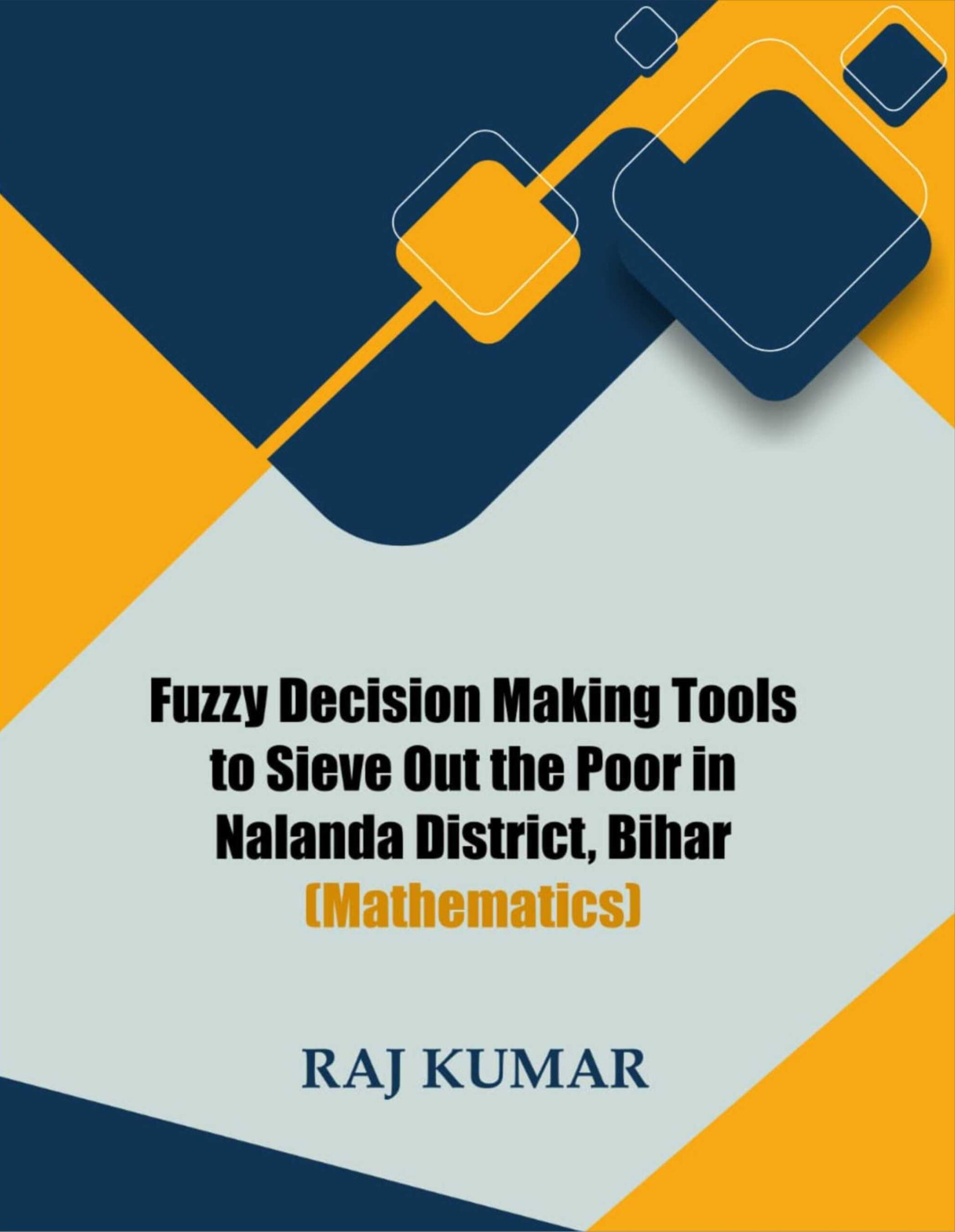- Please choose product options by visiting Lean Management: The Launchpad for Globalization, Industrial Revolution and Empowerment.
save
₹100.00Fuzzy Decision Making Tools to Sieve Out the Poor in Nalanda District, Bihar
₹799.00₹899.00
| Author Name |
Raj Kumar |
|---|---|
| Book Type |
E-Book |
| Categories |
Mathematics |
| ISBN | |
| Language |
English |
| Pages |
204 |
| Published Date |
31-MAR-2021 |
| Publisher | |
| Size |
7 X 9 |

